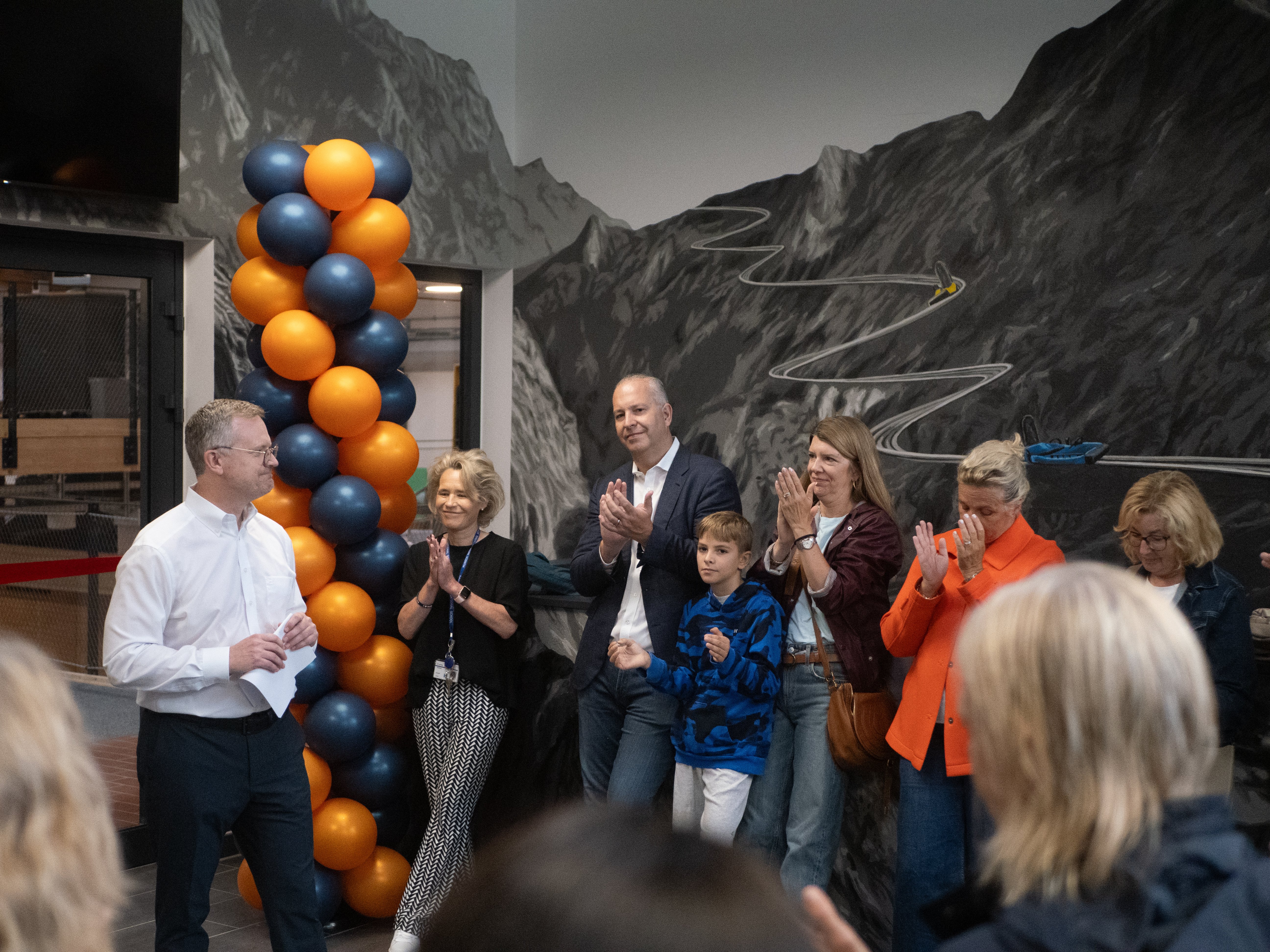
Schools can be either school-centred or student-centred. One is efficient. The other is magic!
Most schools are school-centred. School-centred schools arose in the 1800s in Europe at a time when there was a need to create a society and a workforce who would achieve minimum standards of literacy, mathematics, civics education, and, quite honestly, compliance.
Schools were created to "educate" students in the most efficient way possible. Many students were seated in tight rows facing a knowledgeable teacher who would be the person to do almost all of the speaking. Fixed standards were developed to separate the capable from the incapable, and the concept of school was intentionally designed to reflect a factory model. Students might come into the school with diverse backgrounds, capabilities, dreams, and needs. But they were all treated to the same instruction with the same requirements and the same input.
In fact, according to educational historian and futurist, Dr. Ulcca Joshi Hansen, the approach was known collectively as the monitorial system. It was essentially a factory of knowledge acquisition:
-
precise division of labor,
-
an assembly-line progression through sequential stages,
-
incentives for work that yielded pre-conceived, teacher determined answers,
-
an impersonal system of inspection, and
-
strict attention to efficiency and the most economical use of space and resources possible.
These were -- and are today -- school-centred schools.
What all students will learn is decided even before the students arrive in school in a school-centred school.
How all students will learn is decided and prescribed, regardless of the preparedness, abilities, proclivities, and goals of the students in a school-centred school.
Why all students will learn is not always clear in a school-centred school. Many students in school-centred schools aren't quite sure why they are learning what they are learning, except that someone, somewhere decided that it is necessary. And most frequently, if you ask a student in a school-centred school why they are learning something, they will tell you that it will be on the test.
School-centred schools need only be equipped with rectangular classrooms, rows of chairs and desks, a clear front of the room with a teacher desk and a chalk board, white board, or screen. School-centred schools don't actually care which students are in the room. Because the what, the how, and the why are all determined by the school regardless of who the students are.
But MIS strives to be a student-centred school. What is a student-centred school?
- A student-centred school must, by its nature, get to know the students who attend the school. A student-centred school spends significant time exploring the resources each child brings into the classroom in terms of their previous learning, their life experiences, and their dreams for the future.
- A student-centred school seeks to nurture each student. A student-centred school strives to provide each student with an appropriate and motivating level of challenge. A student-centred school aims to inspire students with learning experiences that are linked to the real-world and related to students' interests and learning needs.
- In a student-centred school, students contribute to the conversation.
- In a student-centred school, students are active participants in their learning.
- In a student-centred school, students are empowered and entrusted to make choices.
- Student-centred schools capitialise on the creativity, on the intelligence, and on the cultural backgrounds of students.
- Student-centred schools value who students are and everything they bring to the classroom.
- A student-centred school is not well served by sterile classrooms with rows of desks facing in a single direction.
- A student-centred school needs spaces that invite students to engage in research, in exploration, in collaboration, in shared creation, in tinkering, in debate, and in asking good questions and in finding both possible and not yet possible answers.
- A student-centred school needs quiet spaces for individual research, for reading, for studying, and for contemplation. Places where a student can work undisturbed by the energy and active learning happening in other parts of the school.
- A student-centred school needs small venues where pairs and small groups can engage in project work, in negotiation, and in conversation.
- A student-centred school needs larger venues where groups can explore ideas collaboratively and engage in lively discussions where ideas are examined, challenged, deconstructed, recombined, and brought to life.
- And a student-centred school needs these spaces to be interwoven with diverse print resources, with powerful digital tools, and with caring and knowledgeable people who can guide students in finding information, processing information, evaluating information, and making sense of information.
In short, a student-centred school needs . . . a Learning NeXus!
And that is what we are so proud to introduce to you, our community.
Some people have found it difficult to imagine what the Learning Nexus is. That is not surprising. Because the Learning Nexus is not school-as-usual.
The Learning NeXus provides students and teachers with diverse learning spaces. It supports differentiation. It supports student and teacher choice. It supports learning that feels real, that feels important, and that feels relevant. It looks and feels like the spaces where expert adults engage in their work.
There are deep learning spaces in the Learning NeXus. These are silent spaces that are acoustically insulated from the rest of the facility. These provide students with quiet, with focus, with the opportunity to delve deeply into texts, novels, research papers, and their own thinking.
There are low-noise collaboration spaces for pairs and small groups. These spaces enable a few students at a time to sit at a cafe table or on a sofa and to discuss a text, plan a project, or prepare a group presentation.
There are insulated pods that will allow groups to engage in noisier collaboration. These pods have windows on three sides to allow adults at school to have clear sightlines and supervision over the students. But the high-level acoustic insulation keeps the noise inside the pod and prevents it from disturbing other users of the facility.
The expanded library facility houses all kinds of classic literature, youth literature, instructional texts, non-fiction books, and periodicals. It also contains our expert librarian and her assistants who guide students, help them locate materials, support them to evaluate information, and generally serve as leaders of learning in this space.
The IT Hub is also integrated into the space. The IT Hub contains our IT technicians who coach students to solve IT problems, including challenges with hardware, issues with software, and finding new ways to harness the potential of digital tools. They also develop students into peer IT tech specialists. Students with the talent and interest to become resources to other students and teachers.
The Learning Nexus is also home to the innovation classroom. This special classroom will be available for teachers and classes to test out new learning technologies. Early ideas for the space include dynamic group videoconferencing, virtual reality applications, and artificial intelligence environments. We believe that emerging technologies provide powerful opportunities for personalising learning, and the innovation classroom will provide a space for teachers and students to test cutting-edge digital and analog tools.
I don't yet have an exhaustive list of everything that students and teachers will do in the Learning Nexus. The idea behind the facility is that it is a kind of "Swiss Army Knife" facility that can be used and configured and personalised for our teachers and for our students. In part, it will support the pedagogy that our teachers have already developed over the past several years. But it is also customisable to support new ideas and new ways of engaging, reaching, and inspiring students.
The Learning Nexus is a key resource for a student-centred school. It amplifies the good practices that lead to student learning and to student success. It takes us another step closer to our vision for a school that nurtures, challenges, and inspires every one of its diverse, curious, and precious students. It is a tool and a symbol of the practical magic that makes a student-centred school transformative for its students.
I hope that you will enjoy exploring the space and discovering its potential to support student learning with us.
